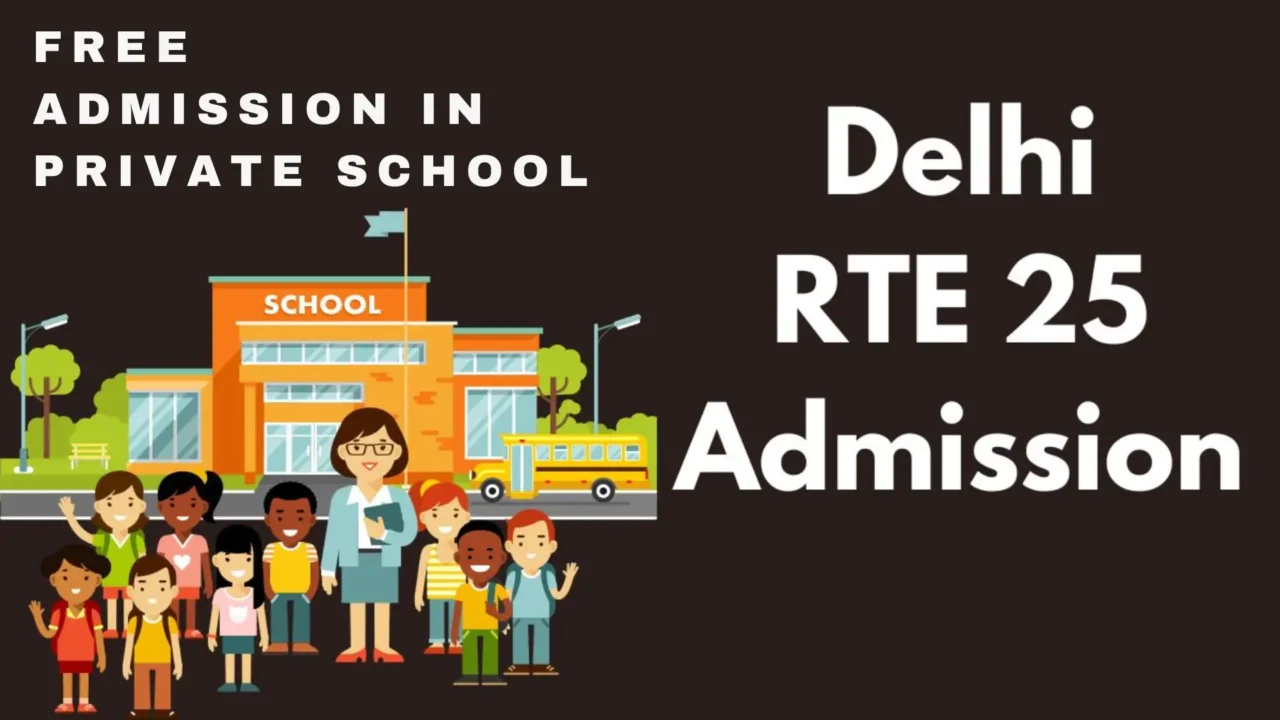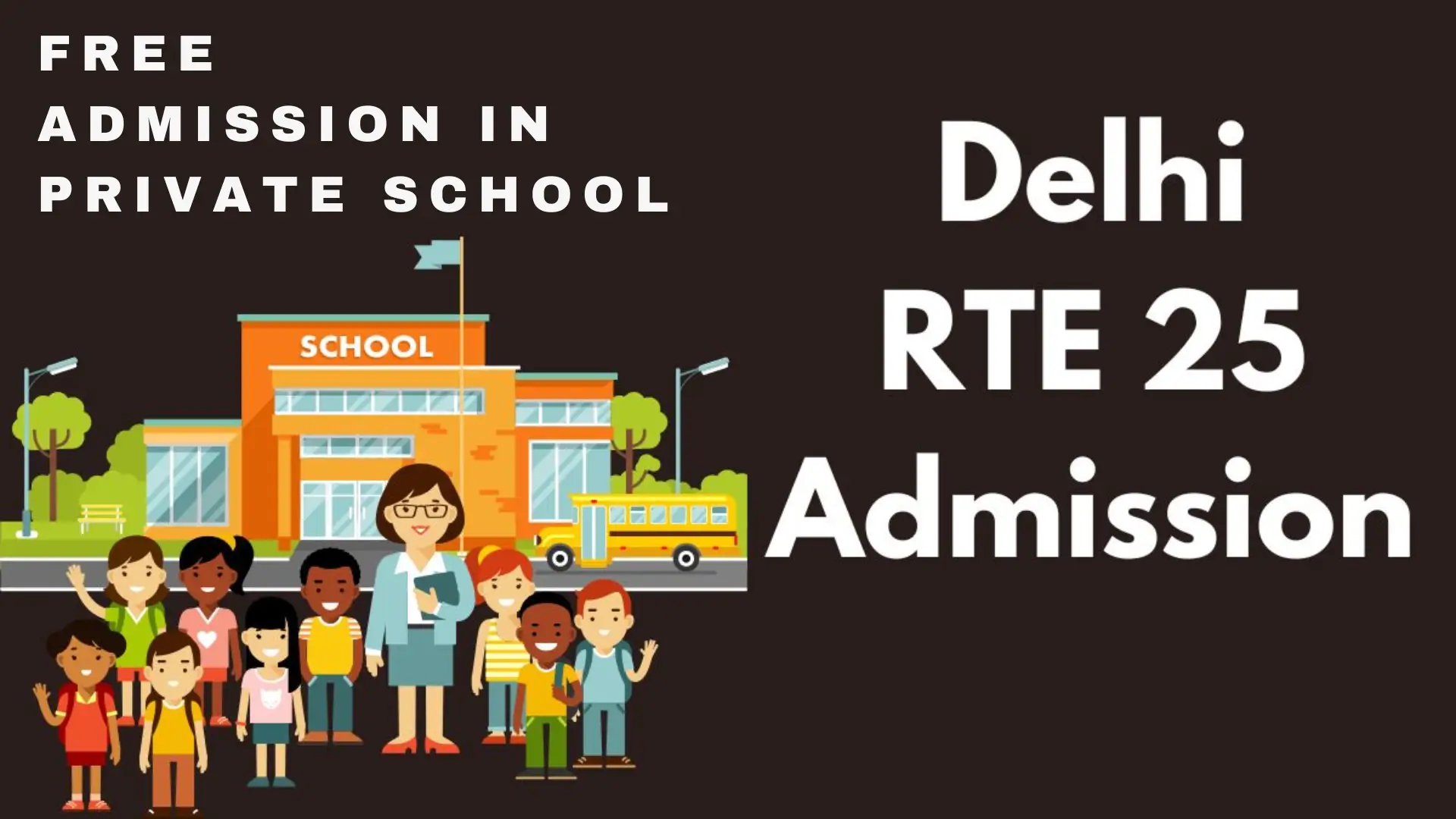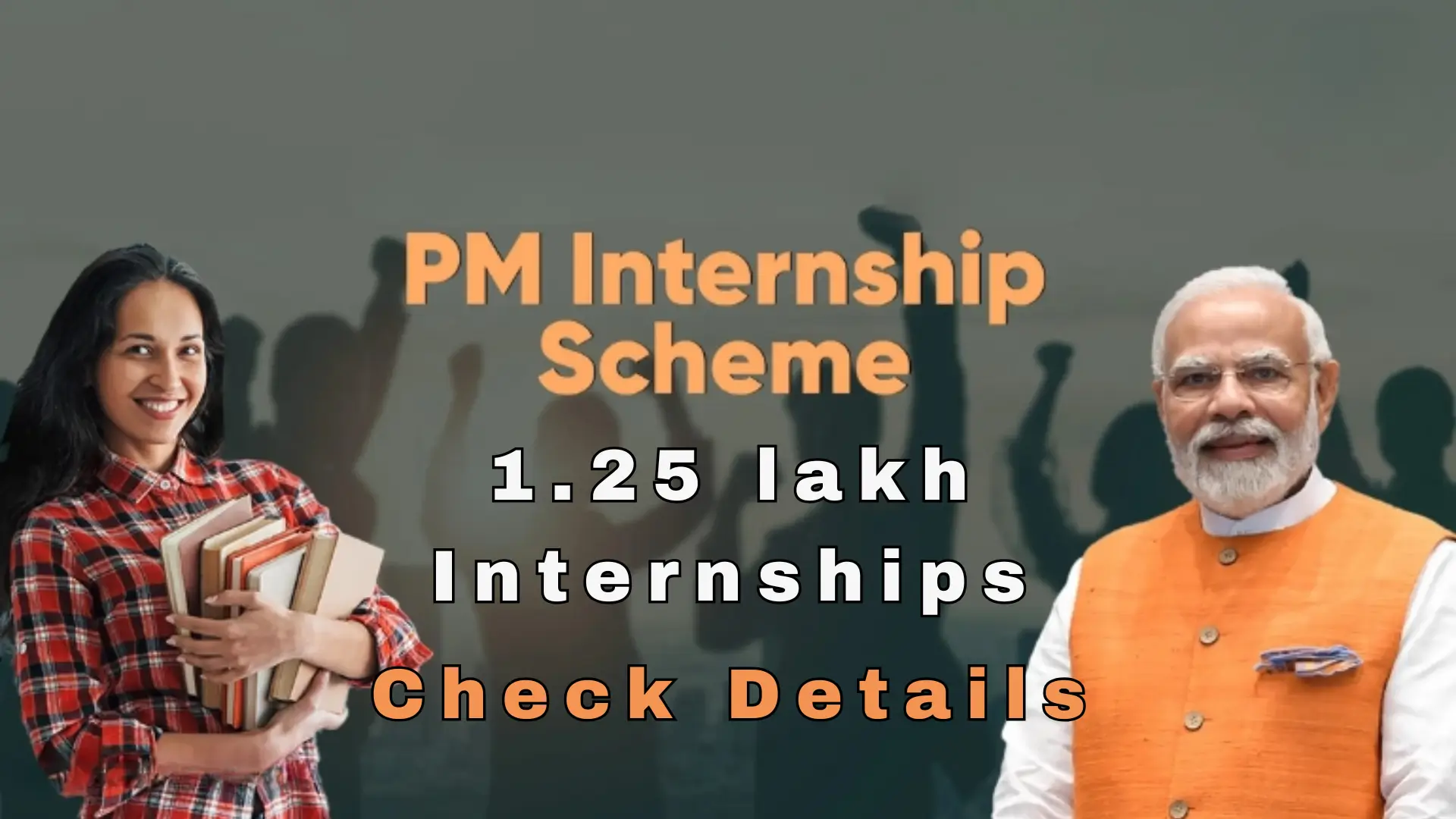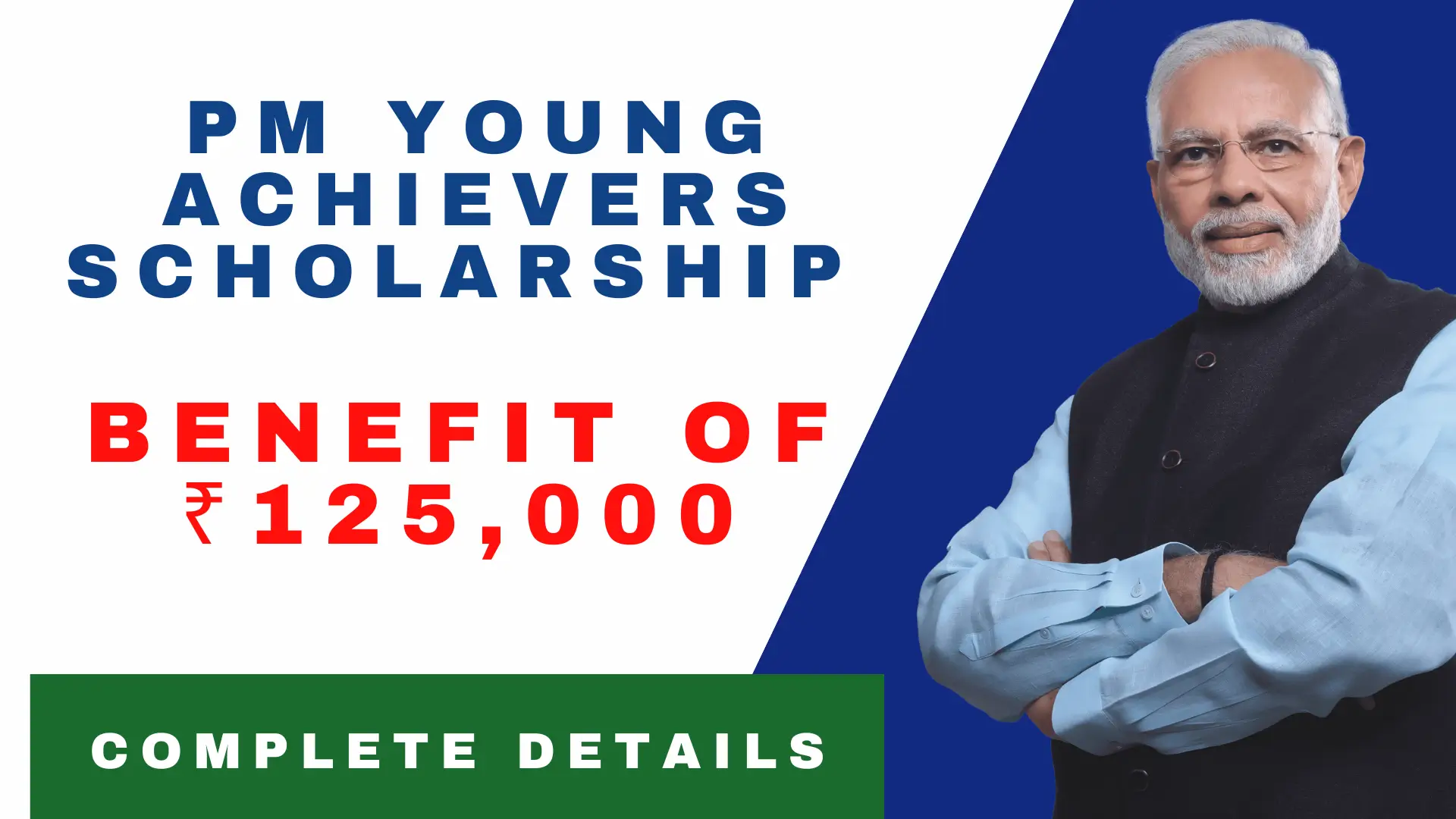In recent years, the Indian government has introduced transformative initiatives to bridge the gap in educational opportunities for children from economically weaker sections (EWS). Among these, the provision for free admission of underprivileged children into private schools under the Right to Education (RTE) Act, 2009, stands out as a significant step toward achieving educational equity. This initiative mandates that private unaided schools reserve 25% of their seats for children from disadvantaged groups, ensuring access to quality education regardless of socio-economic background.
The RTE Act was enacted to provide free and compulsory education to children aged 6-14 years. The inclusion of private schools in this mandate reflects the government’s commitment to leveraging all available resources to uplift marginalized communities. However, while the initiative has been widely lauded, its implementation has faced challenges such as lack of awareness among parents, resistance from private schools, and issues with reimbursement mechanisms. This article provides a comprehensive overview of this initiative, its impact, challenges, and future prospects.
RTE Free Admission 2025: Key Statistics and Data

- In Delhi, 73% of reserved seats for EWS children were filled in private schools. This translated to approximately 32,500 admissions in entry-level classes.
- Tamil Nadu witnessed a 45% increase in applications for RTE seats in 2024-25 compared to the previous year. A total of 1,74,756 applications were received for 84,765 seats.
- Uttar Pradesh recorded nearly one lakh RTE admissions in private schools in a single academic year.
- Despite these successes, states like Andhra Pradesh reported low uptake rates, with only 17% of eligible students opting for free admissions due to lack of awareness.
Benefits of Free Admissions Under RTE
For Families:
- Access to Quality Education: Children from underprivileged backgrounds gain access to better infrastructure and teaching resources.
- Financial Relief: Families are relieved from the burden of school fees.
- Social Mobility: Education acts as a catalyst for breaking the cycle of poverty.
For Society:
- Increased Literacy Rates: More children attending school leads to higher literacy levels.
- Promotion of Inclusivity: The initiative fosters interaction between children from diverse socio-economic backgrounds.
- Better Future Workforce: Educated individuals contribute more effectively to economic growth.
Challenges Hindering Implementation
- Awareness Deficit: Many parents remain unaware of their rights under the RTE Act.
- Non-Compliance by Schools: Some private schools resist admitting EWS students or demand fees despite provisions for free education.
- Reimbursement Delays: Schools often face delays or discrepancies in receiving reimbursements from state governments.
- Social Stigma: Children admitted under the EWS quota sometimes face discrimination or isolation within schools.
- Geographical Disparities: Rural areas with fewer private schools see limited benefits from this initiative.
Feedback from Stakeholders
Parents:
- Many parents appreciate the opportunity but report difficulties during the admission process.
- Some parents have expressed concerns about hidden costs such as uniforms and books.
Educators:
- Teachers highlight challenges in integrating students from diverse backgrounds into a common curriculum.
- School administrators often cite financial strain due to delayed reimbursements.
Eligibility Criteria
- Age Limit:
- For LKG: 3 to 5 years.
- For Class I: 5 to 7 years.
- Economic Status: The family’s annual income should not exceed the limit set by the state government (e.g., ₹1.5 lakh in Tamil Nadu, ₹3.5 lakh in Karnataka).
- Community Criteria:
- Children belonging to Scheduled Castes (SC), Scheduled Tribes (ST), Other Backward Classes (OBC), or other disadvantaged groups.
- Orphans, children with disabilities, migrant workers’ children, and children from Below Poverty Line (BPL) families.
- Residential Requirement: The applicant must be a permanent resident of the state where they are applying.
- Number of Applications per Family: Parents can typically apply for up to two children under this scheme.
Required Documents
- Child’s Documents:
- Birth Certificate.
- Aadhaar Card or any government-issued ID.
- Passport-size photograph.
- Parent/Guardian Documents:
- Aadhaar Card or Voter ID.
- Income Certificate issued by a competent authority.
- Caste Certificate (if applicable).
- Residential Proof: Ration Card, Electricity Bill, or Domicile Certificate.
- Special Cases:
- Disability Certificate (if applicable).
- Certificate proving orphan status or parents’ death certificate (for orphans).
- Certificate for children of HIV-infected parents or scavengers.
- Other Documents:
- Bank account details (for reimbursement purposes in some states).
- Declaration form (available on state portals).
Application Process
Step 1: Check Eligibility: Verify the eligibility criteria specific to your state on the official RTE portal.
Step 2: Locate Schools: Use the school locator tool on the state RTE website to find eligible schools in your locality that offer seats under the RTE quota.
Step 3: Register Online
- Visit your state’s official RTE admission portal.
- Click on “Start Application” or “New Registration.”
- Enter details such as child’s name, date of birth, gender, parent details, and address.
Step 4: Upload Documents: Scan and upload all required documents in the specified format and size.
Step 5: Submit Application
- Review all entered details carefully before submitting the form.
- Save or print a copy of the submitted application form for future reference.
Step 6: Lottery System
- Admissions are typically conducted through a computerized lottery system to ensure fairness.
- Once selected, parents will be notified via SMS or email.
Step 7: Final Admission: Visit the allotted school with original documents for verification and complete the admission process.
State-Level Success Stories
Delhi:
Delhi has emerged as a leader in implementing the RTE mandate effectively. Regular monitoring by the Directorate of Education (DOE) ensures compliance by private schools. Additionally, computerized lotteries streamline the admission process.
Tamil Nadu:
The state has seen a surge in applications due to increased awareness campaigns and simplified online application processes.
Uttar Pradesh:
With nearly one lakh admissions annually, Uttar Pradesh demonstrates how large-scale implementation can be achieved despite infrastructural challenges.
Recommendations for Improvement
- Awareness Campaigns: Governments should conduct widespread campaigns using local media and community organizations.
- Streamlined Reimbursements: Introducing direct benefit transfers (DBT) could ensure timely payments to schools.
- Grievance Redressal Mechanisms: Setting up dedicated helplines and online portals can help address complaints efficiently.
- Capacity Building for Schools: Training programs for teachers and administrators can facilitate smoother integration of EWS students.
- Monitoring and Accountability: Regular audits and stricter penalties for non-compliance can improve adherence to RTE provisions.
Conclusion
The provision for free admission of underprivileged children into private schools under the RTE Act is a landmark step toward achieving educational equity in India. While significant progress has been made, challenges such as awareness deficits and implementation gaps need urgent attention. By addressing these issues through targeted interventions and collaborative efforts between governments, schools, and civil society organizations, this initiative can pave the way for a more inclusive education system where every child has an equal opportunity to learn and thrive.
The journey toward universal education is ongoing but holds immense promise for shaping India’s future generations into empowered citizens capable of driving social and economic transformation.



